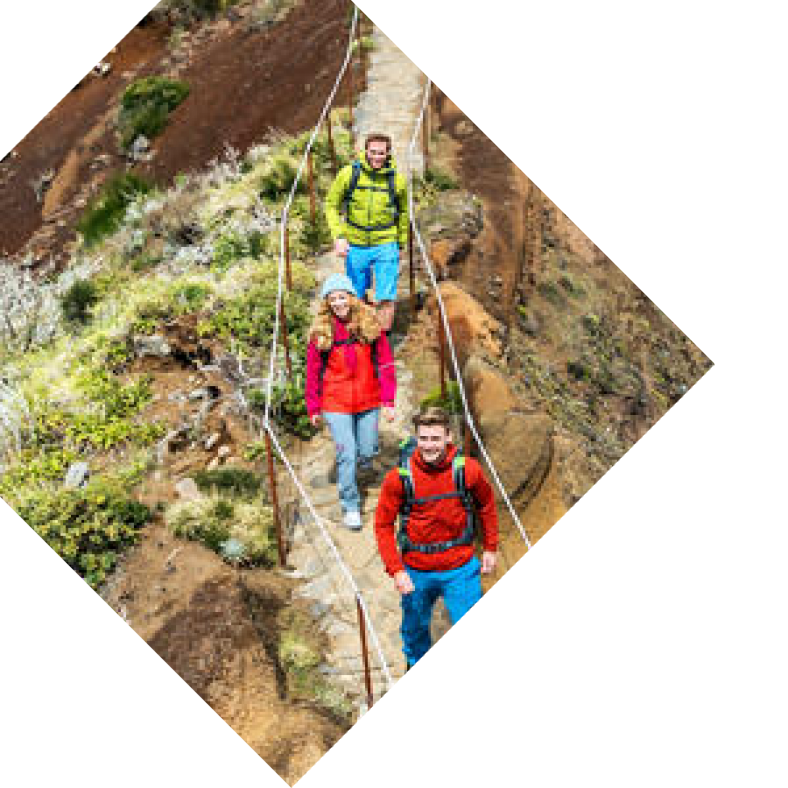Meet German light painting duo Lightmark, who tell us how their passion for the photography technique began, how they paint using invisible paint, and why the weather is so important to their art. Lightmark’s Cenci Goepel and Jens Warnecke recently travelled with us to Iceland to create light paintings as part of our #ThinkProject, which encourages people to experience a skill, hobby or adventure for the first time.
Firstly, can you tell us how you got into light painting in the first place?
Jens: We first came across light painting in the late 90s. We were camping in Norway, but found it a little boring during the night. There was interesting moonlight, so we went outside and just began to shoot long exposures with a camera. We started to move lights in front of the camera so that we would get some interesting light streaks. We then started writing our names, and as it was close to New Year’s Eve, we wrote ‘Happy New Year’ – and so it all started!
What was your relationship with photography before trying light painting?
Jens: I’m from a family with very passionate photographers. My sister is a photographer and my father was a very passionate hobbyist photographer, so I grew up with it. I think it’s a very interesting thing - photography is a technique to express a personal view one has on the world. Cenci: I also photographed as a child, but I came from the painting side. I always wanted to be a painter.
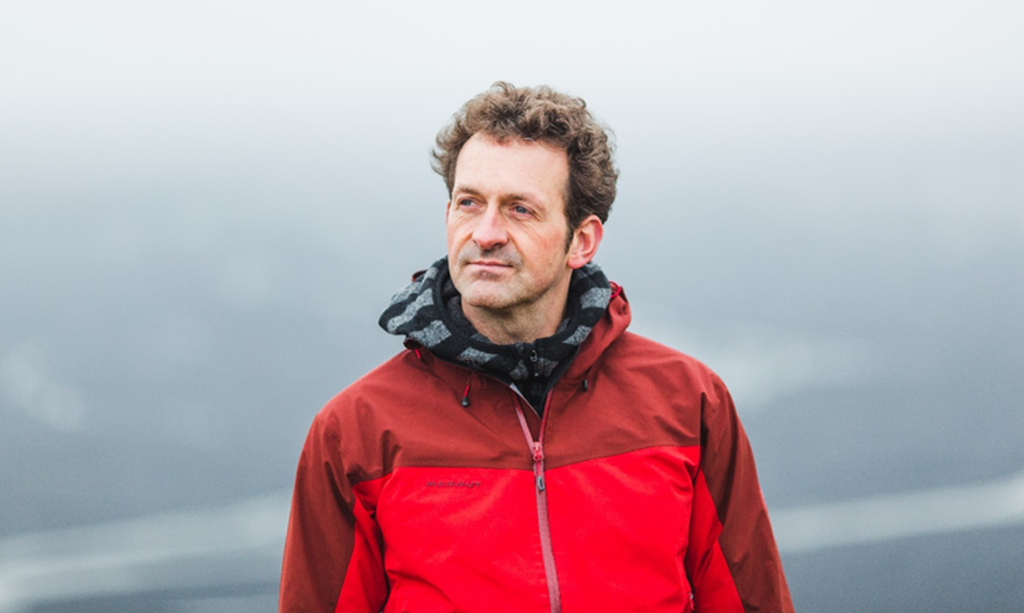
Do you find that it’s different looking at the world through eyes versus a lens?
Jens: I think in ordinary life there are so many fleeting moments. Photography is all about picking each of those situations you encounter, grabbing them, holding them, and making them permanent. Cenci: Maybe light painting is an invitation for the viewer to see the landscape with another eye, or with a fresh look.
Is there an aesthetic you are drawn to when it comes to your light paintings?
Jens: I personally like the light that is visible in the dark because many people think if it’s dark outside there’s nothing to be seen, but that’s not true. Our eyes are not capable of making out too many features of the landscape when it’s dark, but if you expose a picture with a camera for a long time, a lot of light shows through. This is very often a very blueish light - it has an interesting tint and quality to it that looks very different from what you can see in the daylight. 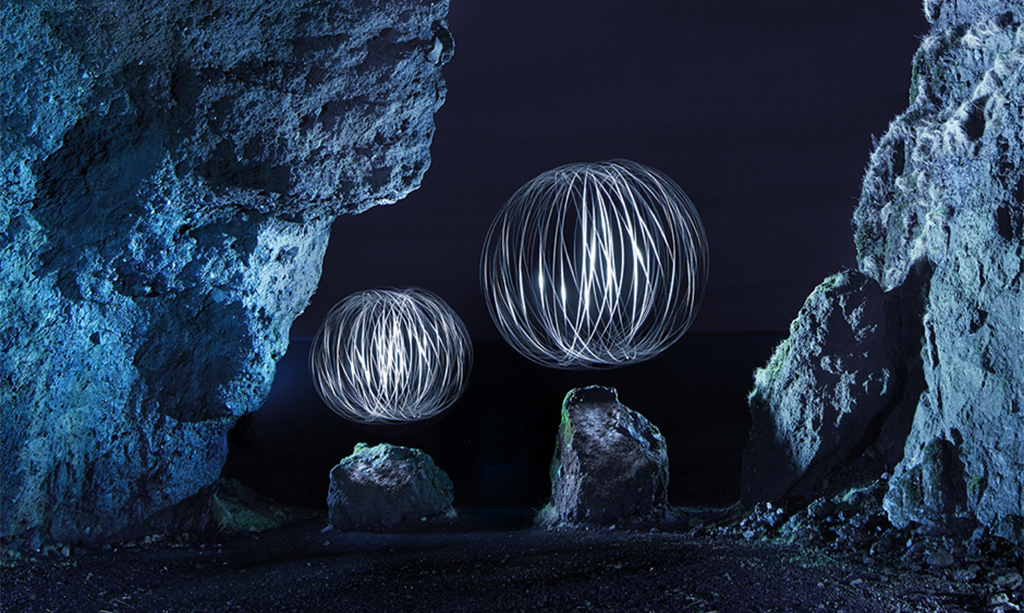
How important was the skill of tactile painting to your light painting?
Cenci: I think painting with light is similar to painting with a pencil or a brush. The difference is you don’t see what you are painting because it’s dark and you have to imagine what you are doing, but it’s the same.
How do you work with invisible paint?
Cenci: When you’re doing something every day, it becomes normal. It’s not important if it’s on paper or if it’s in a 3D space - it’s the same technique. Jens: It’s sometimes difficult to imagine what a light painting will look like when it’s finished, because when you are in the dark you just see a moving point of light. You have no real clue where you’ve been the last time, or what is already there, so it’s sometimes a little bit surprising to see what the final photograph looks like.
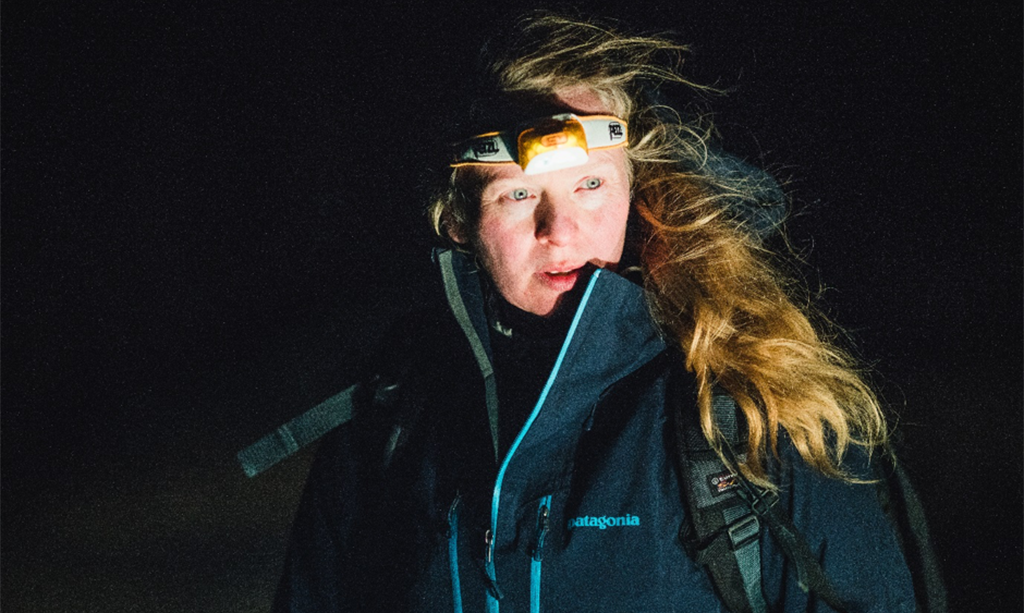
Can you tell us a little more about the process involved in creating a light painting?
Jens: For us, creating a photograph is a long process. It starts with finding the right place, so typically we explore the places we are interested to shoot in on foot. We look around and try different perspectives during the day, and if we find something that looks promising to us, we’ll come back at night. We’ll then set up the camera and try to figure out what we can do in the way of light painting that adds to the picture, because we always want to integrate our work with what’s already there – we don’t want to work against the landscapes.
What tools do you use to create the orbs and trails?
Jens: We generally focus on very simple tools – we don’t use any coloured or blinking lights. We just use very basic torches and lights, then we experiment and try to figure out how the light will look in the final photograph. Cenci: We use these simple lights because we want to travel with limited equipment so we can always go by foot. We want to sleep in the nature and really be there – if you bring lots of equipment you have to go by car or with other people.
Do you find that you fall in love with these remote areas?
Jens: We are constantly looking for places that are wild and unspoiled and don’t show any sign of human impact. We are very much drawn to landscapes that are totally unchanged and have been the same way for years. We also have to look for landscapes that don’t have much light from human sources. Usually if you look in populated areas, you see a lot of light from cars, houses, buildings and planes.
How important is the weather to the light painting process?
Jens: The weather tends to be a very important factor in our photographs. We don’t consider it to be something that has to be battled against, we like it to leave traces in the final photograph. We don’t necessarily avoid rain drops or wind showing up in the pictures, we like to see the impact of the weather in the photos. It shows in a lot of ways. For example, if it’s windy and the clouds are moving, they become very streaky and add a very strong direction to the sky. If it’s raining, rocks become wet and start to reflect light in a very different way.
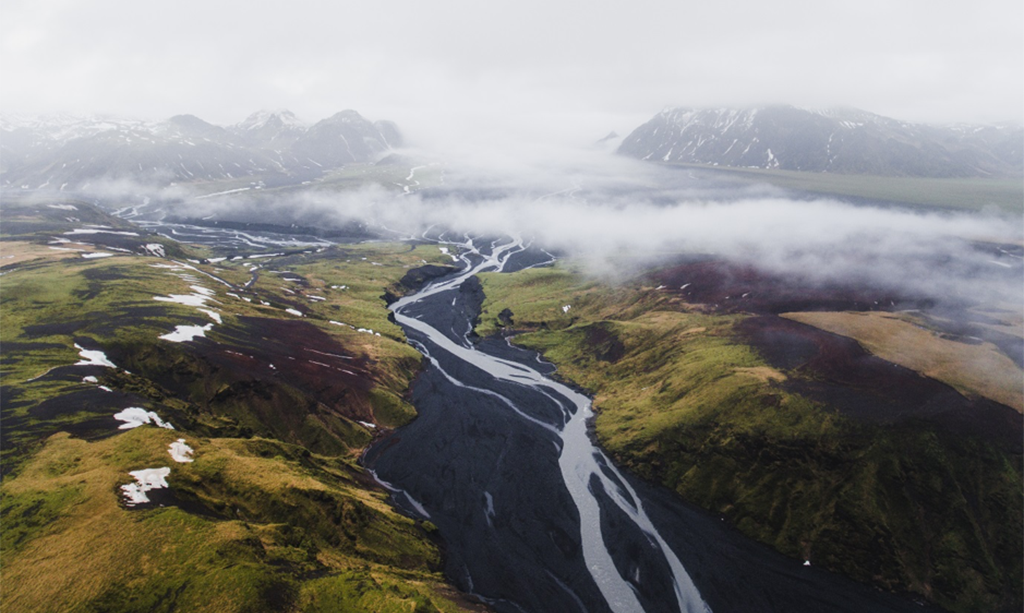
How important is it to talk about the environment?
Jens: I think it’s always important to keep in the mind the impact of what you are doing, so we always try not to spoil the landscapes we are in. We try not to leave any traces so that anyone who comes after us can explore it in the same unspoiled way we found it. Sometimes we have the temptation to shoot in environmentally sensitive areas like national parks but we don’t necessarily do it. We say to ourselves, ‘no, this is not the right place to shoot, it’s more important to leave the environment unspoiled and not to damage anything there.’ Feeling inspired? Check out our Beginner’s Guide to Light Painting and Best Locations for Light Painting. As part of the #ThinkProject, we are offering you the chance to win an all-expenses paid light painting trip to Iceland for you and a friend! To enter, simply let us know why you should win. Will you be giving light painting a go? Let us know in the comments below! #ThinkProject

